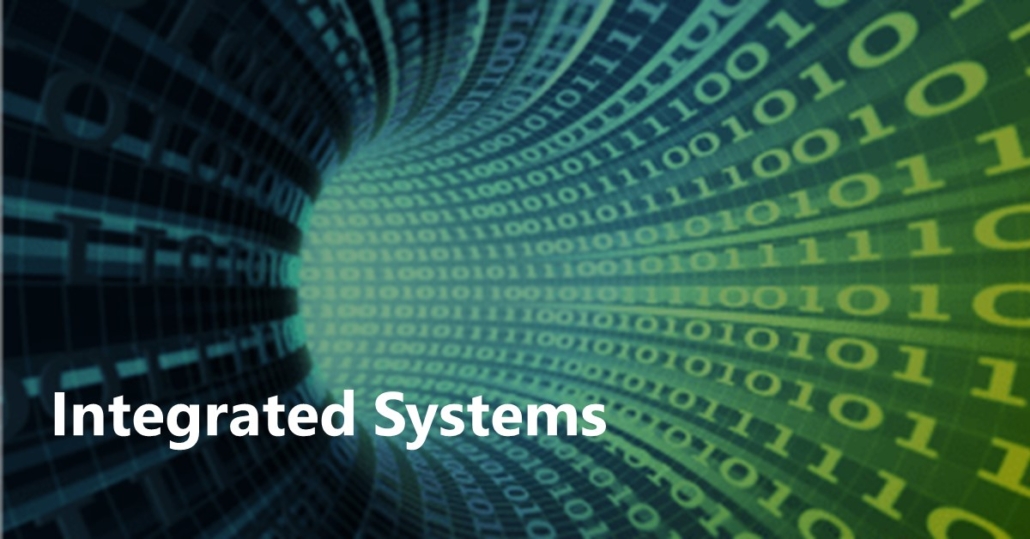Redefining Passive in Backscattering with Commodity Devices
The recent innovation of frequency-shifted (FS) backscatter allows for backscattering with commodity devices, which are inherently half-duplex. However, their reliance on oscillators for generating the frequency-shifting signal on the tag, forces them to incur the transient phase of the oscillator before steady-state operation. We show how the oscillator’s transient phase can pose a fundamental limitation for battery-less tags, resulting in significantly low bandwidth efficiencies, thereby limiting their practical usage.To this end, we propose a novel approach to FS-backscatter called xSHIFT that shifts the core functionality of FS away from the tag and onto the commodity device, thereby eliminating the need for on-tag oscillators altogether. The key innovation in xSHIFT lies in addressing the formidable challenges that arise in making this vision a reality. Specifically, xSHIFT’s design is built on the construct of beating twin carrier tones through a non-linear device to generate the desired FS signal – while the twin RF carriers are generated externally through a careful embedding into the resource units of commodity WiFi transmissions, the beating is achieved through a carefully-designed passive tag circuitry. We prototype xSHIFT’s tag, which is the same form factor as RFID Gen 2 tags, and characterize its promising real-world performance. We believe xSHIFT demonstrates one of the first, truly passive tag designs that has the potential to bring commodity backscatter to consumer spaces.


